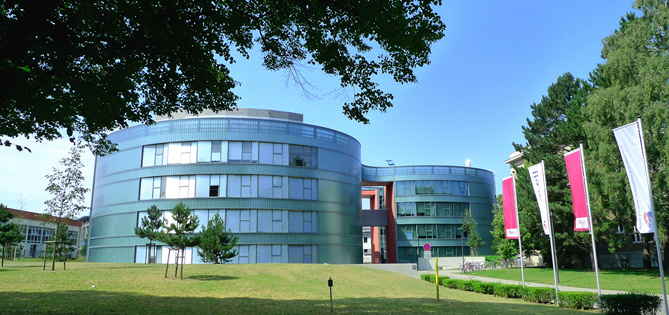Eur J Biochem. 1997; 246:736-744
Formation of the early-region-2 transcription-factor-1-retinoblastoma-protein (E2F-1-RB) transrepressor and release of the retinoblastoma protein from nuclear complexes containing cyclin A is induced by interferon in U937V cells but not in interferon--resistant U937VR cells.
Kirch HC, Pützer BM, Brockmann D, Esche H, Kloke O.
We have analysed the different regulation of cell-cycle-relevant proteins by interferon alpha (IFN alpha) in IFN alpha-sensitive and resistant U937 leukemic cell lines. In contrast to the INF alpha-sensitive U937 variant cell line U937V, the IFN alpha-resistant derivative (U937VR) is insensitive to the antiproliferative activity of IFN alpha. As we found no differences between these cell lines concerning the induction by IFN alpha of the pathway involving tyrosine-protein kinases and the signal transducer and activator of transcription (Jak-Stat), we examined whether cell-cycle-regulating proteins are differently affected by IFN alpha in U937VR and U937VR cells. In U937V cells IFN alpha induced the formation of the complex between early-region-2 transcription factor 1 (E2F-1) and retinoblastoma protein (RB) which is known to repress transcription of E2F-1-inducible genes, necessary for cell cycle progression. Formation of this complex was not inducible by IFN alpha in U937VR cells, although the suitable binding partners (E2F-1 and under-phosphorylated RB) were present. Interestingly, treatment of nuclear extracts from logarithmically growing U937V and U937VR cells with an antiserum against cyclin A that disrupts cyclin-A-containing complexes, led to the formation of the E2F-1-RB complex, suggesting the presence of under-phosphorylated (active) RB, trapped in nuclear complexes that contain cyclin A. This suggestion was supported by combined immunoprecipitation/western blot experiments that revealed a physical interaction between phosphorylated as well as under-phosphorylated forms of RB and cyclin A complex(es) in U937V and U937VR cells. RB, especially the under-phosphorylated form, was released by treatment with IFN alpha from this complex(es) in the case of U937V cells but not U937VR cells. We conclude that the missing induction of the E2F-1-RB transrepressor by IFN alpha and the failure to release RB from cyclin-A-containing complexes might contribute to the resistance of U937VR cells to the antiproliferative effects of IFN alpha.
Vorheriger Beitrag
Infectious proviral clones of chimpanzee foamy virus (SFVcpz) generated by long PCR reveal close functional relatedness to human foamy virus.
Nächster Beitrag
A cis-acting element 7 bp upstream of the ESF-1-binding motif is involved in E1A 13S autoregulation of the adenovirus 12 TS2 promoter.

Kontakt
Institut für Experimentelle Gentherapie und Tumorforschung
Core-Facility Virale Vektor & Genom-Editing Technologien
Biomedizinisches Forschungszentrum
Schillingallee 69
D-18057 Rostock
Sekretariat
Ingrid Winkler
(+49) 381 494-5066(+49) 381 494-5062
ingrid.winkler@med.uni-rostock.de
Department Leben, Licht & Materie
Forschungsbau LL&M
Albert-Einstein-Str. 25
D-18059 Rostock
Forschungsbau LL&M
Albert-Einstein-Str. 25
D-18059 Rostock




